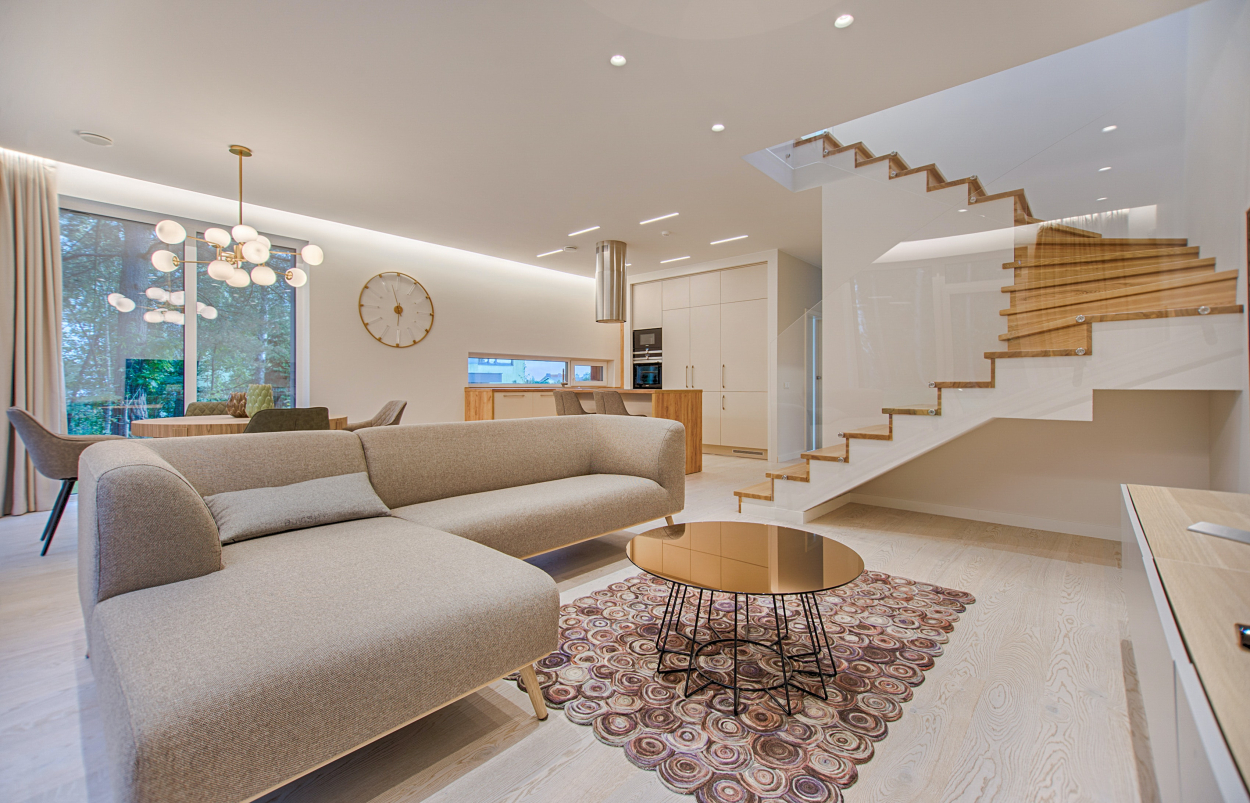
Interior design in India is the art and science of enhancing the interior of a building to achieve a healthier and more aesthetically pleasing environment for the people using the space. Interior designing in India involves the creation of functional, beautiful and comfortable living spaces that reflect the taste and lifestyle of the clients.
Interior designers in India work with various elements such as colour, texture, pattern, lighting, furniture, and decor to create a cohesive and harmonious look and feel for the space. They also consider the architectural style of the building, the purpose of the space, and the budget and timeline of the project.
In India, interior design is a growing industry with a significant demand for both residential and commercial projects. Some of the popular types of interior design styles in India include traditional, contemporary, minimalist, and fusion. Interior designers in India also incorporate elements of local art and craft traditions into their designs, creating a unique and personalised look for each project.
To become an interior designer, you typically need to follow these steps:
Obtain a degree: Many interior designers have a degree in interior design, architecture, or a related field. Some colleges and universities offer four-year bachelor's degree programs, while others offer two-year associate's degree programs. Look for a program that is accredited by the Council for Interior Design Accreditation (CIDA).
Gain experience: Look for internships or entry-level jobs in the field to gain experience and build your portfolio. You can also offer to do design work for friends and family members to build your skills.
Develop your skills: Interior designers need to have a good eye for color, texture, and spatial arrangements. They should also be able to communicate their ideas to clients, work well in a team, and be proficient in design software.
Get licensed: In some states, interior designers must be licensed to practice. The requirements for licensing vary by state but usually involve passing an exam and meeting education and experience requirements.
Build your network: Attend industry events and conferences, join professional organisations, and network with other designers and industry professionals. Building a strong network can help you find new clients and job opportunities.
Continuously learn: Interior design is a constantly evolving field, so it's important to stay up-to-date on the latest trends and technologies. Take continuing education courses and stay informed about new products and design innovations.
Becoming an interior designer takes time, effort, and dedication, but it can be a rewarding career for those who are passionate about design and helping people create beautiful, functional spaces.